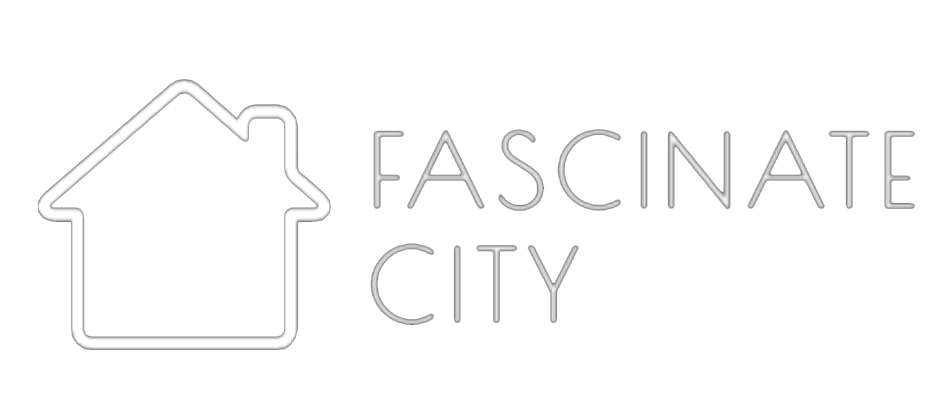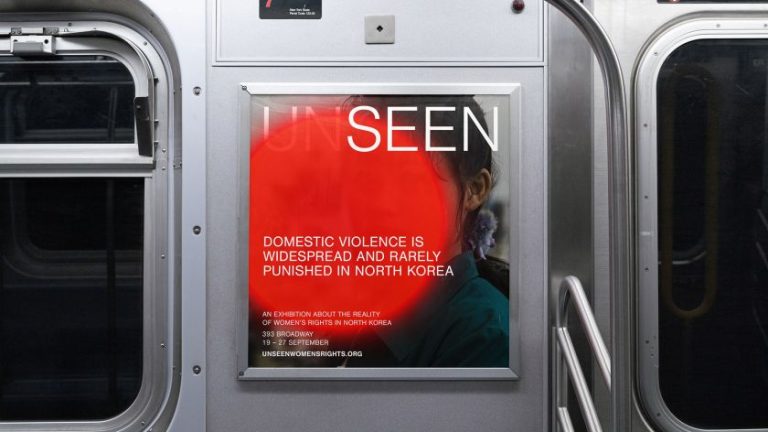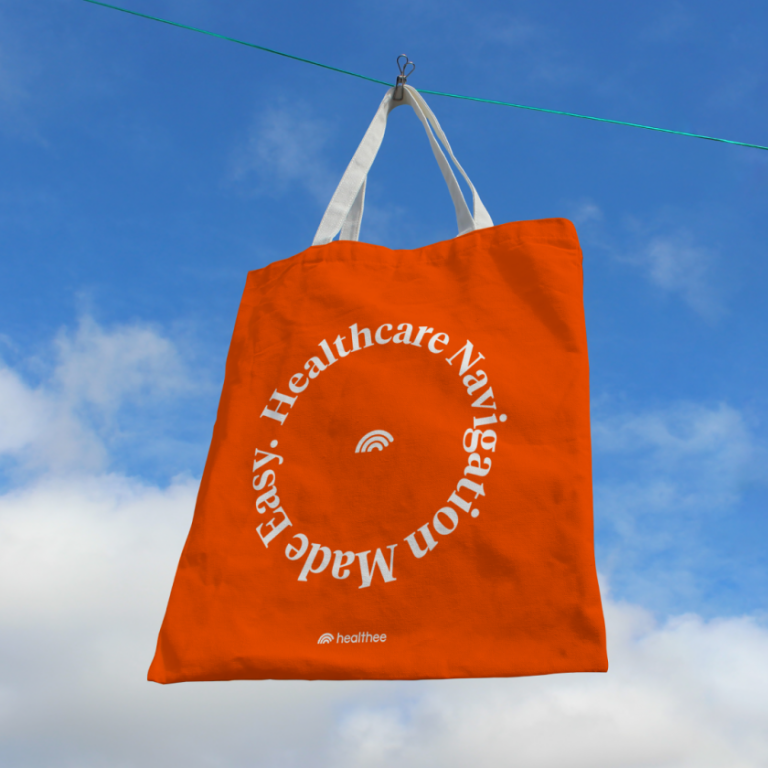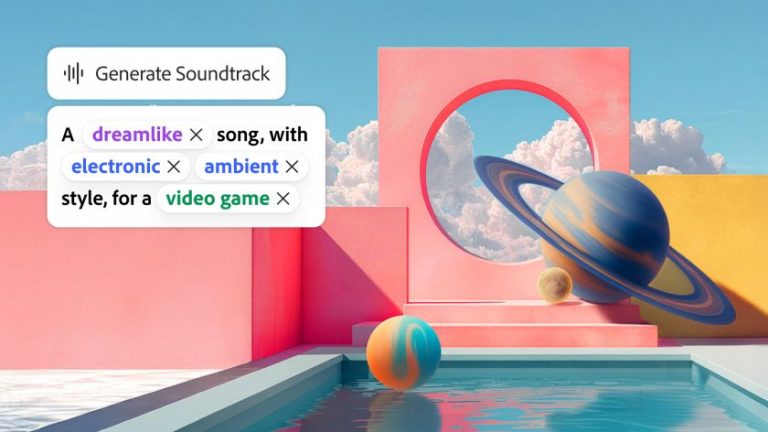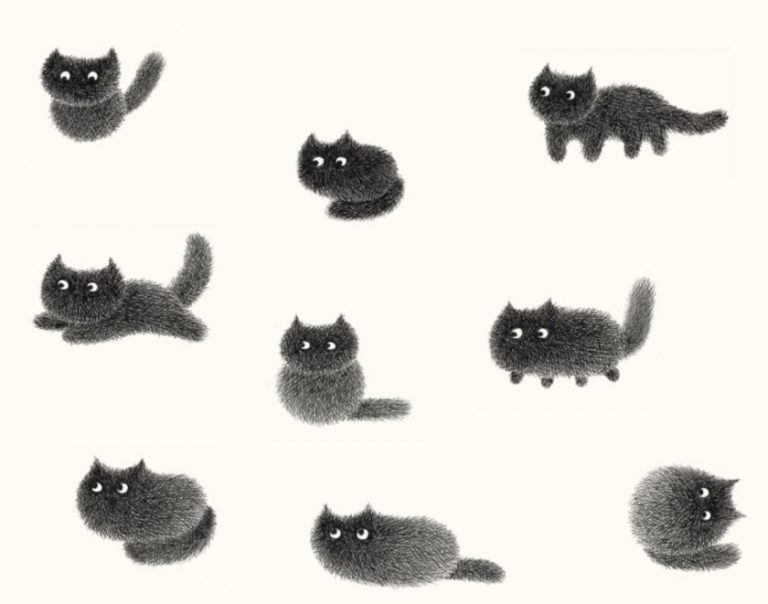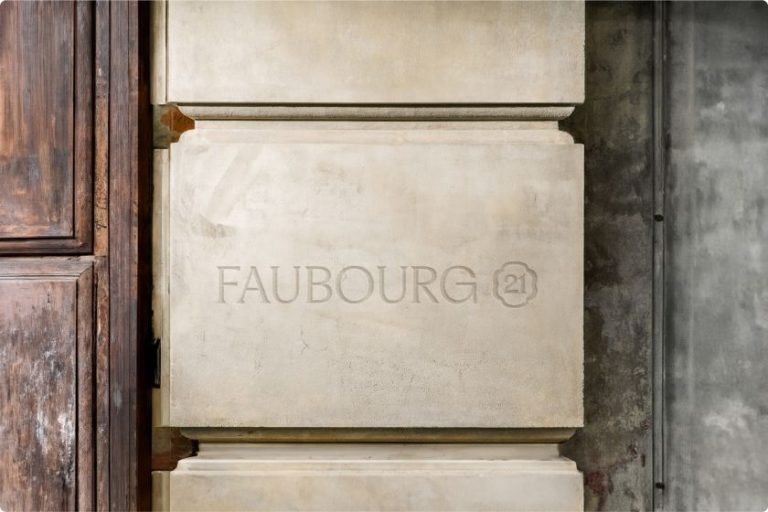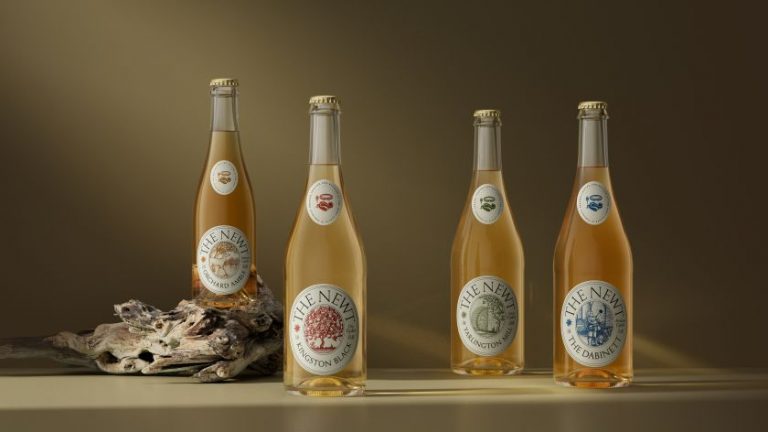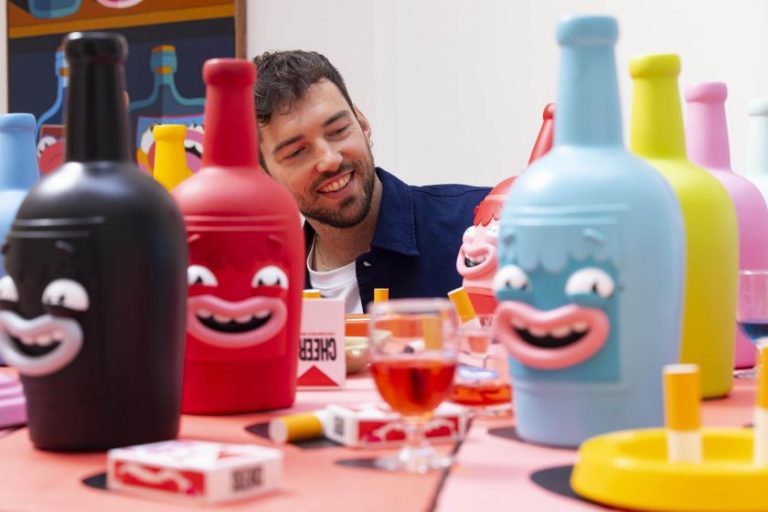Even Patagonia’s “anti-brand” aesthetic is branding at its most strategic. OceanProd – stock.adobe.com
We need to talk about the elephant in the room. Or rather, the six-year-old’s restaurant logo, the lime green album cover, the poster for a jacket you’re specifically told not to buy… and even the California governor writing in all-caps.
The design press loves to breathlessly report on the rise of the “anti-brand”—those supposedly raw, unpolished, authentically messy identities that reject corporate slickness. But here’s what nobody’s saying: anti-branding is just branding with better PR.
Take Jolene, the north London restaurant that famously commissioned a logo from graphic designer Frith Kerr’s six-year-old son. It’s been held up as the poster child for naive simplicity, a rejection of over-designed perfection. Except it wasn’t naive at all. It was a carefully curated decision by a professional designer, selected from multiple variations, intentionally deployed to signal a specific positioning. That’s not anti-brand. That’s just brand.
Or Charli XCX’s Brat album cover—lime green background, blurry Arial text, intentionally disproportionate word placement. It’s been celebrated as anti-design, a refreshing rejection of polish. But it was meticulously curated around nostalgia and online impact, engineered for screenshot-ability and meme culture. The “ugliness” was the point. It became one of the most recognizable and copied visual identities of the year. That’s not anti-design. That’s design that understood the assignment so well it looked effortless.
Remember Patagonia’s famous “Don’t Buy This Jacket” campaign? On Black Friday 2011, they took out a full-page ad in The New York Times telling people not to buy their products. Revolutionary! Anti-brand! Except it was possibly the most sophisticated branding move of the decade. It reinforced every single brand value they’d spent years building — environmental responsibility, quality over quantity, thoughtful consumption. Sales went up. The campaign won awards. That’s not anti-brand. That’s genius brand strategy disguised as anti-consumerism.
Even Gavin Newsom’s Trump trolling—launching his “PATRIOT SHOP” with hats reading “Newsom was right about everything!” and Bibles “signed by America’s Favorite Governor” — isn’t anti-brand subversion. It’s brand hijacking. He’s not dismantling Trump’s brand; he’s exploiting its equity by inverting its signals. That’s sophisticated brand strategy wrapped in a performance of spontaneity. Newsom has scooped up hundreds of thousands of new followers as a result.
The truth is, every time someone creates a deliberately rough logo, tells customers not to buy their products, or positions their brand as “authentically unpolished,” they’re making calculated branding decisions. They’ve simply identified that the aesthetic of authenticity — or the performance of anti-capitalism — is currently valuable to their audience. That’s not rebellion. That’s market research.
The real issue isn’t that brands are becoming “anti-brand.” It’s that we’ve collectively decided to pretend that some branding strategies are somehow not branding because they deploy different signifiers. Calling something an anti-brand is itself a branding move — it signals cultural capital, self-awareness, ironic distance.
And here’s the uncomfortable bit: most of these “anti-brands” are created by the same expensive agencies, using the same strategic frameworks, applying the same rigor as traditional corporate work. The only difference is the aesthetic output. We’ve swapped Helvetica for hand-drawn type, but the process is identical.
This matters because when we mythologize “anti-branding,” we’re lying to ourselves about how brands actually work. We’re pretending that some magical authentic space exists outside of commercial strategy, when really it’s just another positioning choice on the brand spectrum. It’s choosing distressed over polished, lowercase over capitals, “real” over “aspirational” — all tactical decisions in service of differentiation.
The brands winning right now aren’t the ones pretending they’re not brands. They’re the ones being honest about what they are while understanding their audiences deeply enough to give them what they want. Whether that’s lime green or a childlike scrawl doesn’t matter. It’s all branding.
So let’s stop calling things “anti-brand” when we mean “brand with an aesthetic I haven’t seen overused yet.” Let’s acknowledge that the six-year-old’s logo was potentially a five to six-figure strategic branding project. Let’s admit that even the most deliberately rough identity required someone to decide exactly how rough, where to deploy it, and why it serves the business goals.
There’s no such thing as anti-brand. There’s just brand. And pretending otherwise is the most calculated branding move of all.
